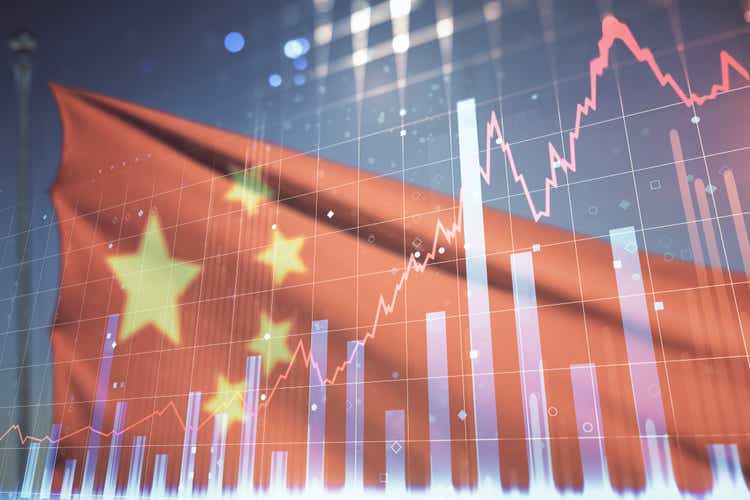Manufacturing Slowdown: China's Industrial Pulse Weakens in January Amid Economic Challenges

China's manufacturing sector showed signs of strain in January 2025, with the Purchasing Managers' Index (PMI) sliding to 50.1, falling short of economic expectations and marking the weakest expansion in four months. The decline from December's 50.5 reading signals potential challenges in the industrial landscape, particularly highlighted by a notable contraction in foreign orders.
The subtle dip below 50 suggests a fragile manufacturing environment, where growth is barely maintaining momentum. Economists are closely watching these indicators, as they provide critical insights into the health of China's industrial production and potential global trade implications.
While the PMI remains just above the critical 50-point threshold—which separates expansion from contraction—the downward trend raises questions about the resilience of China's manufacturing ecosystem. The shrinking foreign demand could be indicative of broader global economic uncertainties and potential headwinds facing Chinese exporters.
Investors and policymakers will be keenly analyzing subsequent data to determine whether this represents a temporary fluctuation or the beginning of a more significant economic slowdown.

